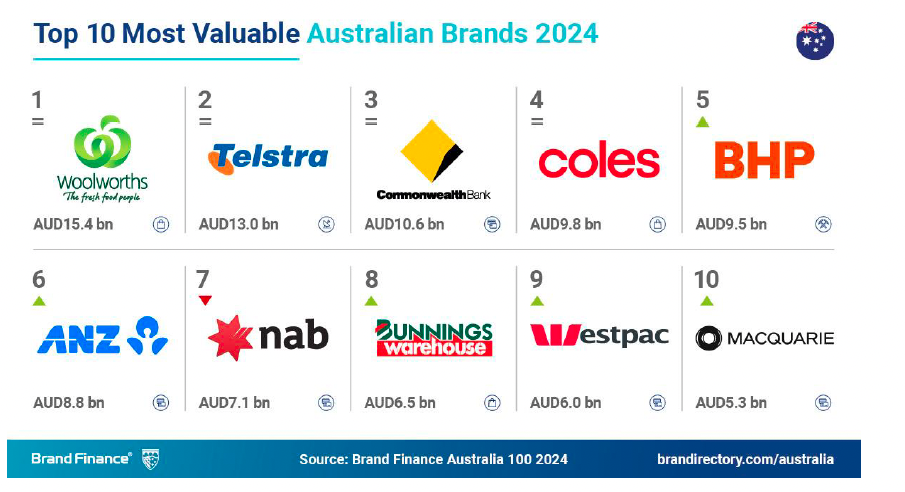Artificial Intelligence and Board Minutes – Issues Paper
Have you recently heard someone say: “Oh, you won’t need to do minutes anymore, AI can do it for you!” or “AI can generate a transcript, just use that for the minutes,” or even, “Why don’t you use something like Microsoft CoPilot to take the board minutes?”
As more organisations integrate AI into their operations, governance professionals must consider how they might use AI to increase efficiency while maintaining appropriate governance controls. The use of AI should be considered in the context of organisational policies and processes around responsible AI, including accountability and ownership of content generation. AI use should also be considered against the backdrop of cybersecurity, data governance, and risk management frameworks.
This paper outlines some of the issues that may arise when considering using AI to take board minutes or for other aspects of company secretarial practice. It draws on established principles related to board minutes in the context of considering whether to use AI for this critical activity.
What is AI?
AI technologies have a broad range of applications and capability and are in a constant state of development. There are four primary domains of AI, including:
- Computer Vision (CV)
- Natural Language Processing (NLP)
- Machine Learning (ML)
- Generative AI (GenAI)
The International Standards Organisation defines AI as “a technical and scientific field devoted to the engineered system that generates outputs such as content, forecasts, recommendations, or decisions for a given set of human-defined objectives.” In simpler terms, it is “the ability of a computer system to perform tasks that would normally require human intelligence, such as learning, reasoning, and making decisions.”
What is GenAI?
The latest generation of AI is the development of advanced Machine Learning using Large Language Models (LLMs) and Multimodal Foundation Models (MFMs). MFMs can receive input and content in multiple modes and perform a range of general tasks such as text synthesis, image manipulation, and audio generation. GenAI is able to create new content such as text, images, audio, video, and code by learning from data patterns. It relies on existing data, processes it, and then generates data with similar characteristics. GenAI has become popular and widely available following the launch of ChatGPT and DALL-E. ChatGPT, created by OpenAI, has received significant interest as recent breakthroughs in the field have the potential to drastically change content creation where the inventive step and creativity is shared between a human user and AI.
Using AI and GenAI has the potential to increase efficiency and productivity in company secretarial and governance teams by taking over routine tasks that would take a human many hours. These tasks could include researching and synthesising large amounts of information, seeking answers to specific questions in multiple documents, producing first drafts of documents, producing transcripts of training sessions, or taking notes of internal meetings. However, there are some risks for organisations to consider and manage.





